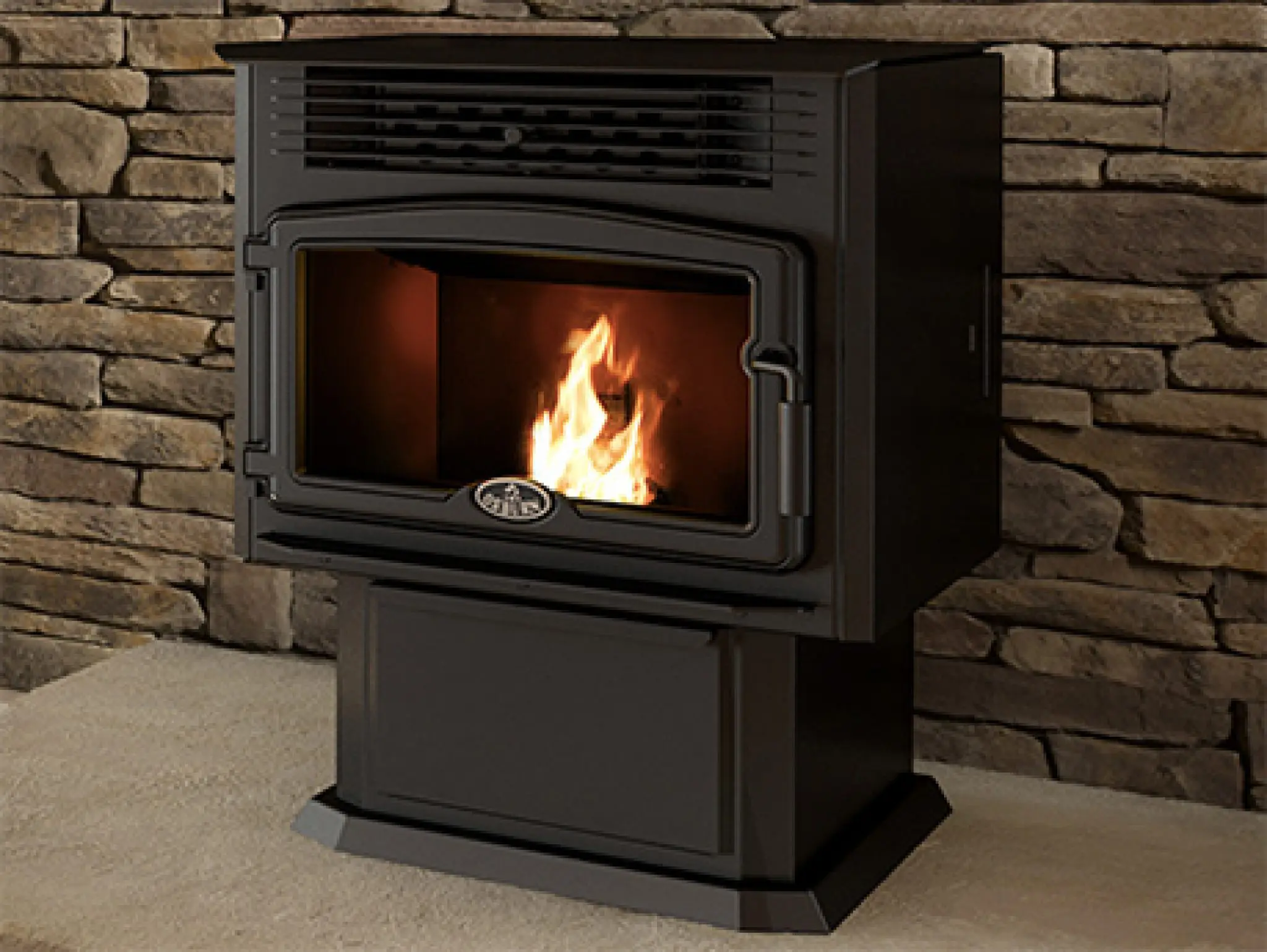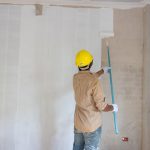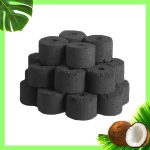Choosing the Right Pellet Stove for Your Home: A Buyer’s Guide
When it comes to heating your home efficiently and sustainably, pellet stoves have emerged as a popular choice for homeowners. These innovative heating devices offer a cleaner and more eco-friendly alternative to traditional wood-burning stoves and can significantly reduce your heating costs. However, with a wide range of options available in the market, choosing the right pellet stove for your home can be a daunting task. In this buyer’s guide, we’ll walk you through the essential factors to consider to ensure you make the best choice for your heating needs.
1. Understanding Pellet Stoves
Before delving into the specifics, let’s start with the basics. Pellet stoves burn small, compressed wood pellets to generate heat. These pellets are typically made from sawdust and wood shavings, making them a sustainable and efficient fuel source. Pellet stoves come in various sizes and styles, from freestanding models to inserts that fit into existing fireplaces.

2. Heating Capacity
One of the first considerations when choosing a pellet stove is its heating capacity. This is measured in BTUs (British Thermal Units) and indicates how much heat the stove can produce. Calculate the square footage of the space you want to heat to determine the right size for your home. Generally, you’ll need about 20-30 BTUs per square foot. Make sure to choose a pellet stove with the appropriate heating capacity for your room size to ensure optimal performance.
3. Fuel Efficiency
The efficiency of a pellet stove is a crucial factor in reducing heating costs. Look for stoves with a high efficiency rating, typically above 70%. A more efficient stove will burn fewer pellets while producing the same amount of heat, ultimately saving you money and reducing your environmental impact.
4. Hopper Capacity
The hopper is the container that holds the pellets and feeds them into the stove’s combustion chamber. The hopper capacity determines how long the stove can operate before needing a refill. Consider your lifestyle and how often you’re willing to load pellets. Larger hoppers require less frequent refilling, making them ideal for homeowners who want more extended burn times.
5. Installation and Venting
Installing a pellet stove may require modifications to your home’s existing setup. Consider the placement of the stove, the availability of a venting system, and the ease of installation. Consult with a professional to ensure proper installation and safety compliance.
6. Pellet Quality
The quality of the pellets you use can significantly impact the performance of your stove. High-quality pellets burn more efficiently and produce less ash, reducing maintenance requirements. Be sure to choose premium-grade pellets that meet industry standards for low moisture content and consistent size.

7. Maintenance and Cleaning
Like any heating appliance, pellet stoves require regular maintenance to operate efficiently. Look for models with easy-to-access components for cleaning and maintenance. Regularly clean the burn pot, ash pan, and venting system to prevent clogs and ensure optimal performance.
8. Budget Considerations
Lastly, consider your budget when shopping for a pellet stove. While high-end models may offer advanced features and aesthetics, there are also affordable options that can meet your heating needs without breaking the bank. Factor in the cost of the stove, installation, and ongoing pellet fuel expenses when creating your budget.
In conclusion, choosing the right pellet stove for your home involves carefully considering factors such as heating capacity, fuel efficiency, hopper capacity, installation requirements, pellet quality, maintenance, and budget. By evaluating these factors, you can find the perfect pellet stove that will keep your home warm and comfortable while minimizing your environmental footprint.



